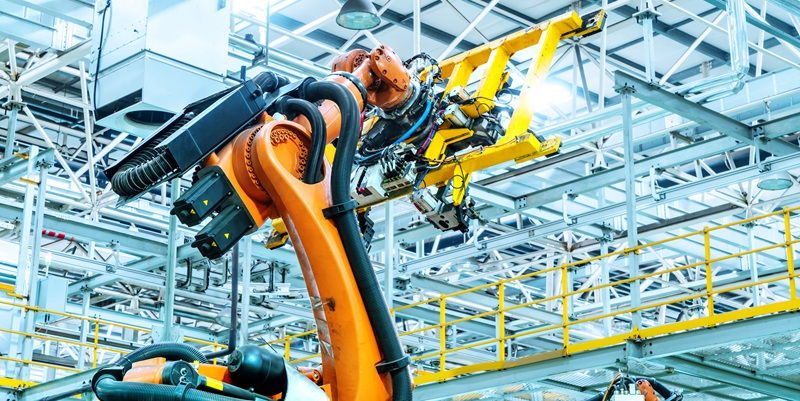Robotic automation has revolutionized the manufacturing industry, increasing efficiency and productivity. However, programming these robots can be a challenging task for automation engineers. RoboDK TwinBox has emerged as the latest advancement in production robot programming, providing automation engineers with a self-contained system that offers a full suite of features for setting up and managing robotic systems in their workspaces.
Overview of TwinBox
The RoboDK TwinBox is designed to simplify the programming and control of industrial robots. It is a turnkey solution that eliminates the need for complex installations and enables engineers to seamlessly integrate robots into their production lines. With its user-friendly interface and extensive capabilities, TwinBox empowers engineers to maximize the potential of their robot systems.
Purpose of TwinBox
The primary objective of the RoboDK TwinBox is to provide a dedicated version of the RoboDK software for industrial computers and enable remote control on embedded devices. By offering a specialized version of RoboDK, TwinBox ensures optimal performance and compatibility with industrial hardware. This allows automation engineers to remotely control their robotic systems, improving accessibility and ease of operation.
Identifying the Gap in the Market
The team at RoboDK conceptualized the TwinBox after recognizing a significant gap in the market. Automation engineers lacked space-efficient solutions for directly implementing RoboDK into their production lines. Traditional setups required the use of bulky equipment such as keyboards, mice, and monitors. TwinBox addresses this issue by delivering a compact and self-contained system, streamlining the integration of RoboDK into industrial environments.
Key features of TwinBox
One of the standout features of the TwinBox is its ability to operate effectively without the need for a mouse, keyboard, or monitor. This is particularly advantageous in space-constrained areas where minimizing hardware requirements is essential. Additionally, TwinBox provides dedicated builds for systems such as Nvidia Jetson or Raspberry Pi-based industrial computers, further enhancing its flexibility and compatibility with a wide range of devices.
Remote interface
The TwinBox’s remote interface is a game-changer for automation engineers. With this feature, users can access their TwinBox from anywhere in the world, enabling remote monitoring and control of all connected external robots, devices, and sensors. This capability grants engineers unprecedented freedom and flexibility in managing their robotic systems, regardless of their physical location.
Integration and flexibility
TwinBox excels in facilitating the integration of multiple robots from different manufacturers into a seamless and cohesive system. Traditionally, interoperability challenges have posed obstacles when attempting to combine robots from different brands. However, TwinBox overcomes this hurdle, enabling automation engineers to connect and control diverse robot models effortlessly. This flexibility enhances system versatility and accelerates integration timelines.
Wide compatibility
RoboDK’s commitment to compatibility is demonstrated in TwinBox’s support for over 1000 robot models from more than 50 brands. This extensive library of supported robots ensures that automation engineers can easily find a suitable match for their specific requirements. The compatibility with diverse robot models promotes accessibility and broadens the application scope of TwinBox in a variety of industries.
Integration with the RoboDK ecosystem
The TwinBox is seamlessly integrated into the larger RoboDK ecosystem, allowing automation engineers to leverage the software’s comprehensive range of features and functionalities. Users can harness the advanced simulation and offline programming capabilities of RoboDK, improving system efficiency, reducing downtime, and optimizing production processes. By incorporating the TwinBox into the RoboDK ecosystem, users gain access to a powerful suite of tools that enhance their automation engineering workflow.
RoboDK TwinBox represents a significant step forward in production robot programming for automation engineers. With its self-contained system, extensive features, and remote control capabilities, TwinBox empowers engineers to efficiently and effectively set up and manage their robotic systems. The dedication to compatibility, integration, and flexibility ensures that automation engineers can seamlessly implement TwinBox into their workflows. As RoboDK continues to develop and expand its ecosystem, the future possibilities for automation engineers are endless.

